Geminor notes this is because biomass is “defined as having net-zero emissions”, while the CO2 emissions from material recycling are higher because it involves more processing and the use of chemicals.
However, the company said focusing on emissions did not consider the resources saved through recycling. Instead, it highlights “a good example of how looking at only one parameter is insufficient in determining the best solutions,” Christina Telnes, sustainability manager at Geminor, said.
Report
The claim was made in Geminor’s first environmental, social and governance report, published today (28 October) and covering 2020.

According to the report, Geminor’s total emissions from recovery operations in 2020 amounted to 889,192 tons (806,661 tonnes) of CO2 equivalent, resulting in an average CO2 intensity of 0.53 tons (0.48 tonnes) of CO2.
Ms Telnes added: “CO2 emissions from material recycling are higher because it involves more processing and use of chemicals. However, the emission factor does not consider the resources saved by avoiding the extraction of virgin wood.
“In other words, CO2 emissions do not tell the whole story. Hence, the report does not change Geminor’s goal to increase the amount of waste wood recycling in the future.”
Geminor calculated CO2 intensity by multiplying tonnages per waste fraction and treatment method by emission factors developed by Norwegian engineering consultancy Asplan Viak.
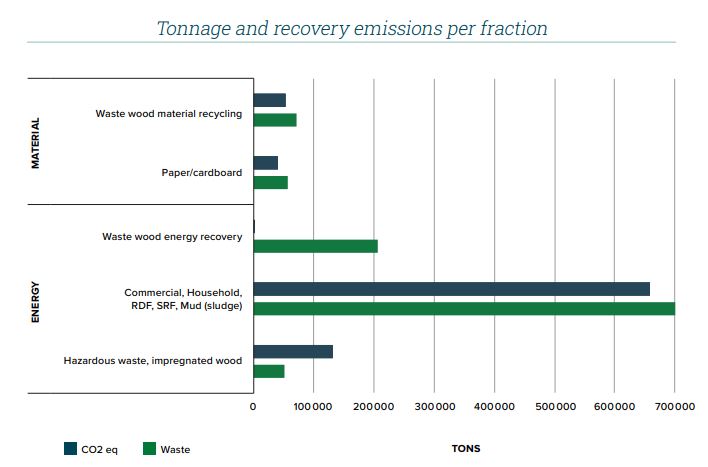
Shipping
Geminor handled more than 1.7 million tonnes of waste feedstock in 2020, a 23% increase compared to 2019. Approximately 91% of this went to energy recovery and 9% to material recycling. A further 0.15% went to landfill.
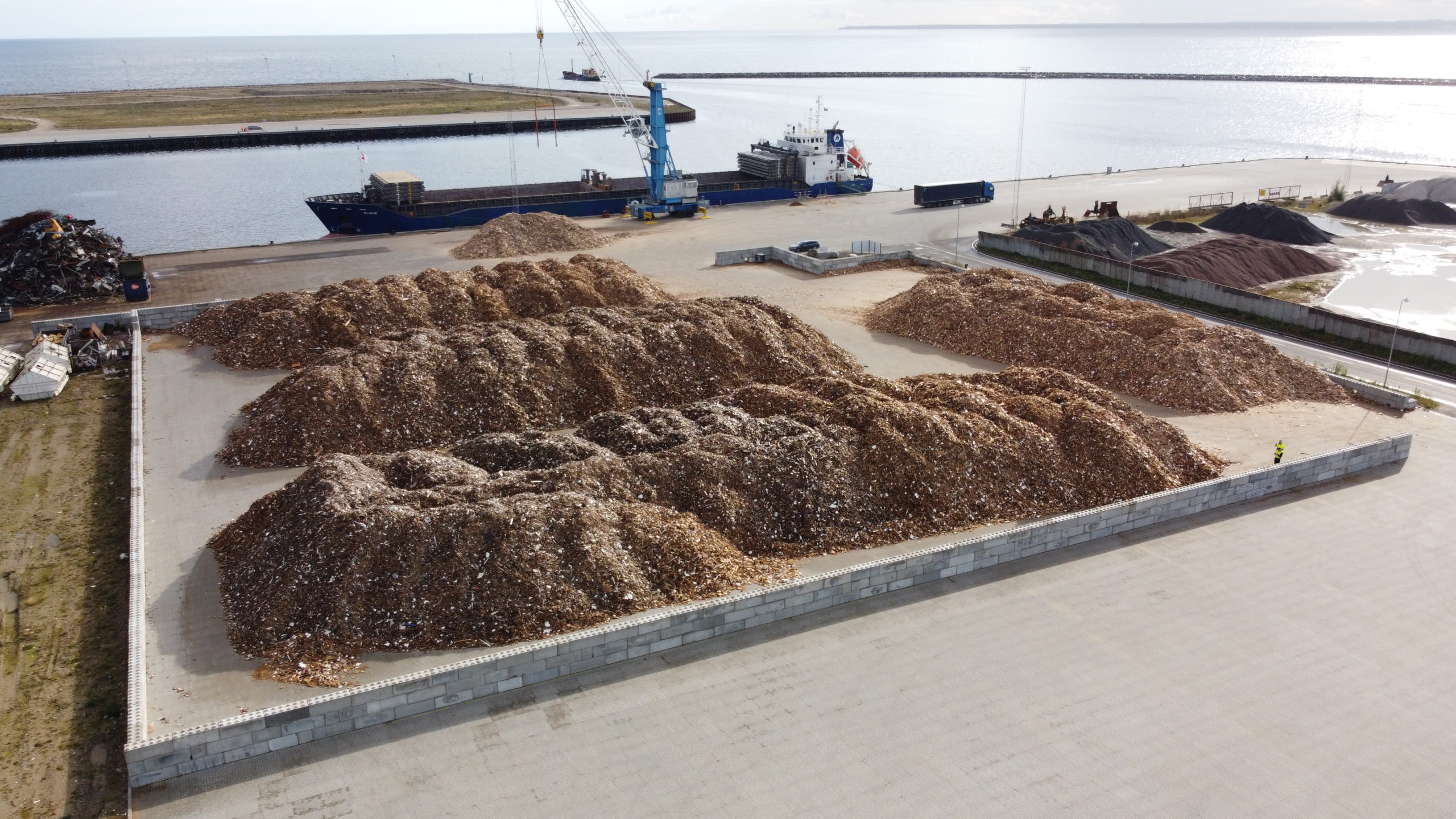
“A considerable part” of waste management emissions comes from the transport of material for recycling or energy recovery, Geminor says. The company transported 76% of last year’s volumes by truck, 23% by ship and 1% by rail.
Ms Telnes said: “CO2 intensity is calculated by dividing transport emissions by the tonnage of waste transported. In our transport portfolio, shipping constitutes both the most and the least CO2 intensive means of transport. Ro-ro ferry transport has the highest CO2 intensity, while some of the container transport is the least carbon-intense alternative.”
Geminor claims its report brings truck transport into a “more favourable light”.
Ms Telnes added: “Road transport, which for long has had a bad reputation with regards to emissions per ton, turns out to have the same average CO2 intensity as bulk transport in our transport portfolio. The greener option, rail transport, is marginally beaten by the most efficient container shipping.”
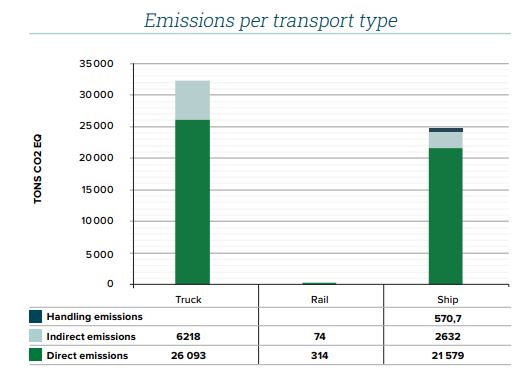
Sustainability
Norwegian-owned Geminor has 80 employees divided between its head office at Karmøy, Norway, and departments in the United Kingdom, Finland, Denmark, Sweden, Germany, Italy, France, and Poland. It also has 20 ‘hubs’ in several countries where waste can be temporarily stored and treated.

Kjetil Vikingstad, Geminor’s CEO, said: “In terms of sustainability, our goal is for Geminor-owned operations to be fossil-free and to achieve net-zero direct emissions from our operations by 2030.
“To address our indirect emissions, we will use our purchasing power to set environmental requirements for the services acquired from our value chain.
“Geminor is also creating tools allowing us to calculate the footprint of services provided and offer our customers the least carbon-intense solutions on the market.”
Related link
ESG-report Geminor 2020



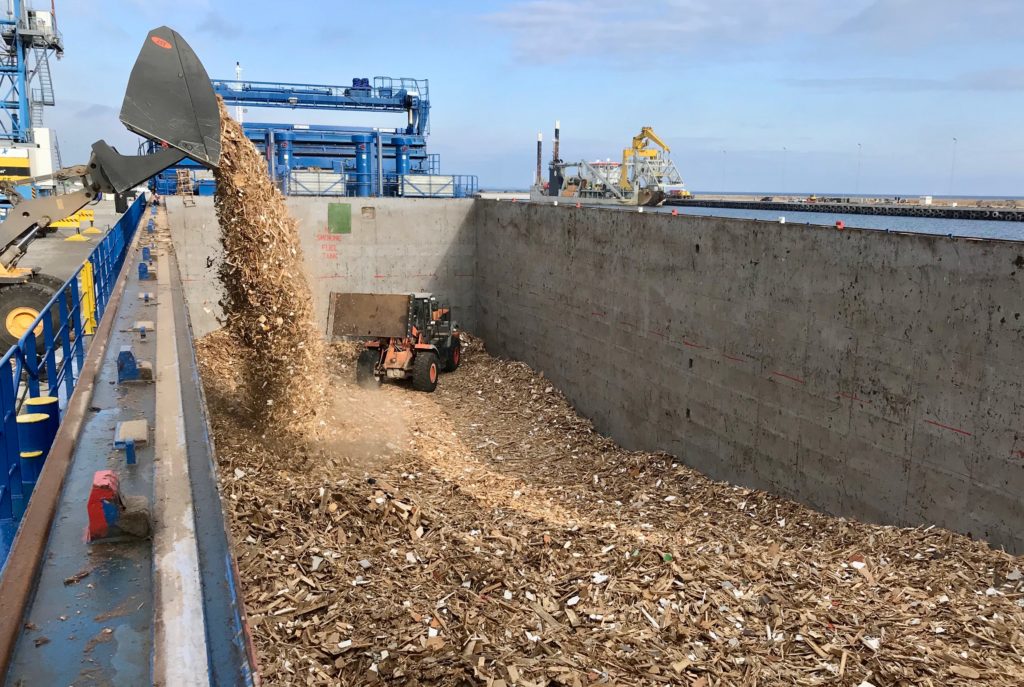

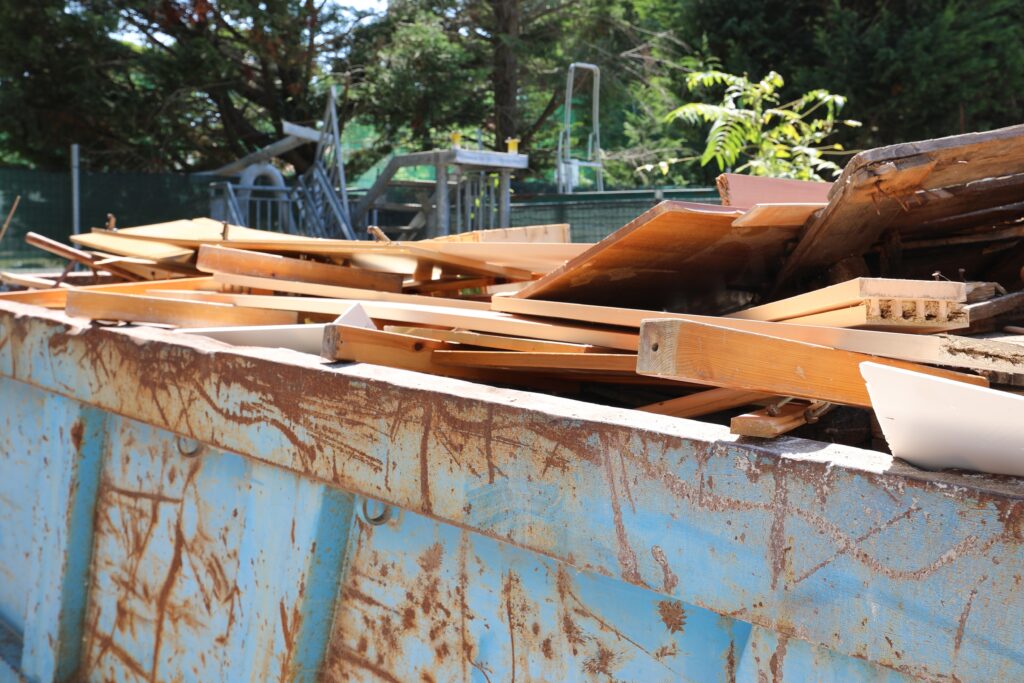

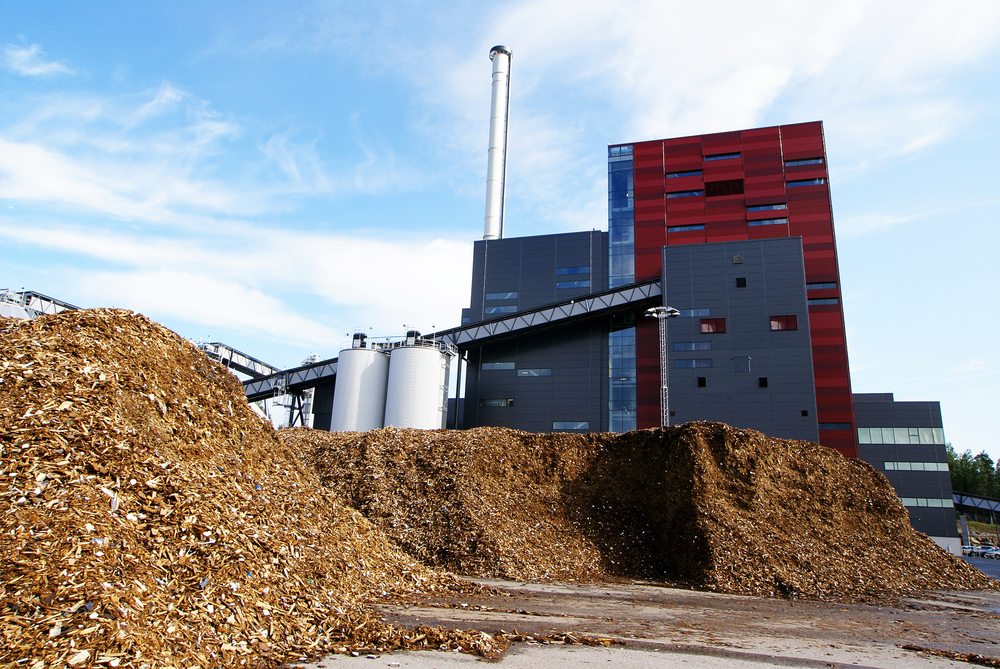


Subscribe for free